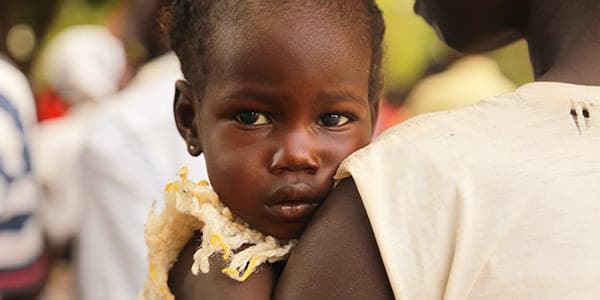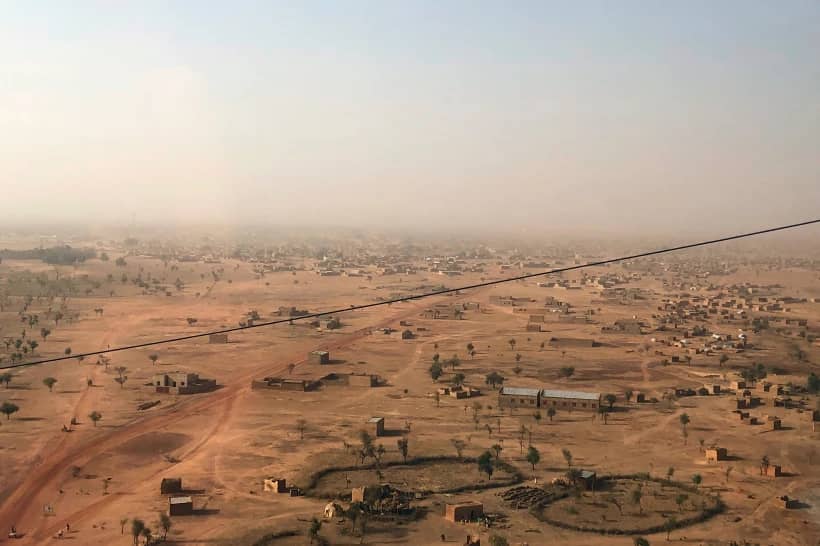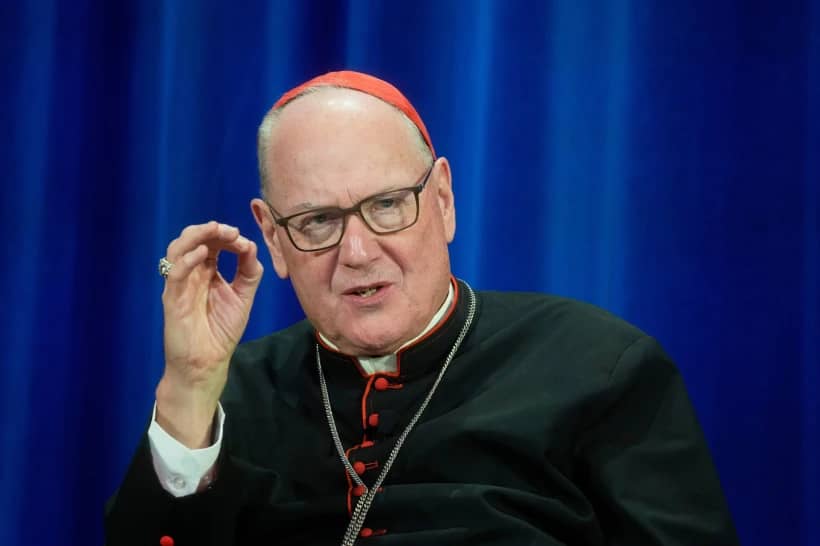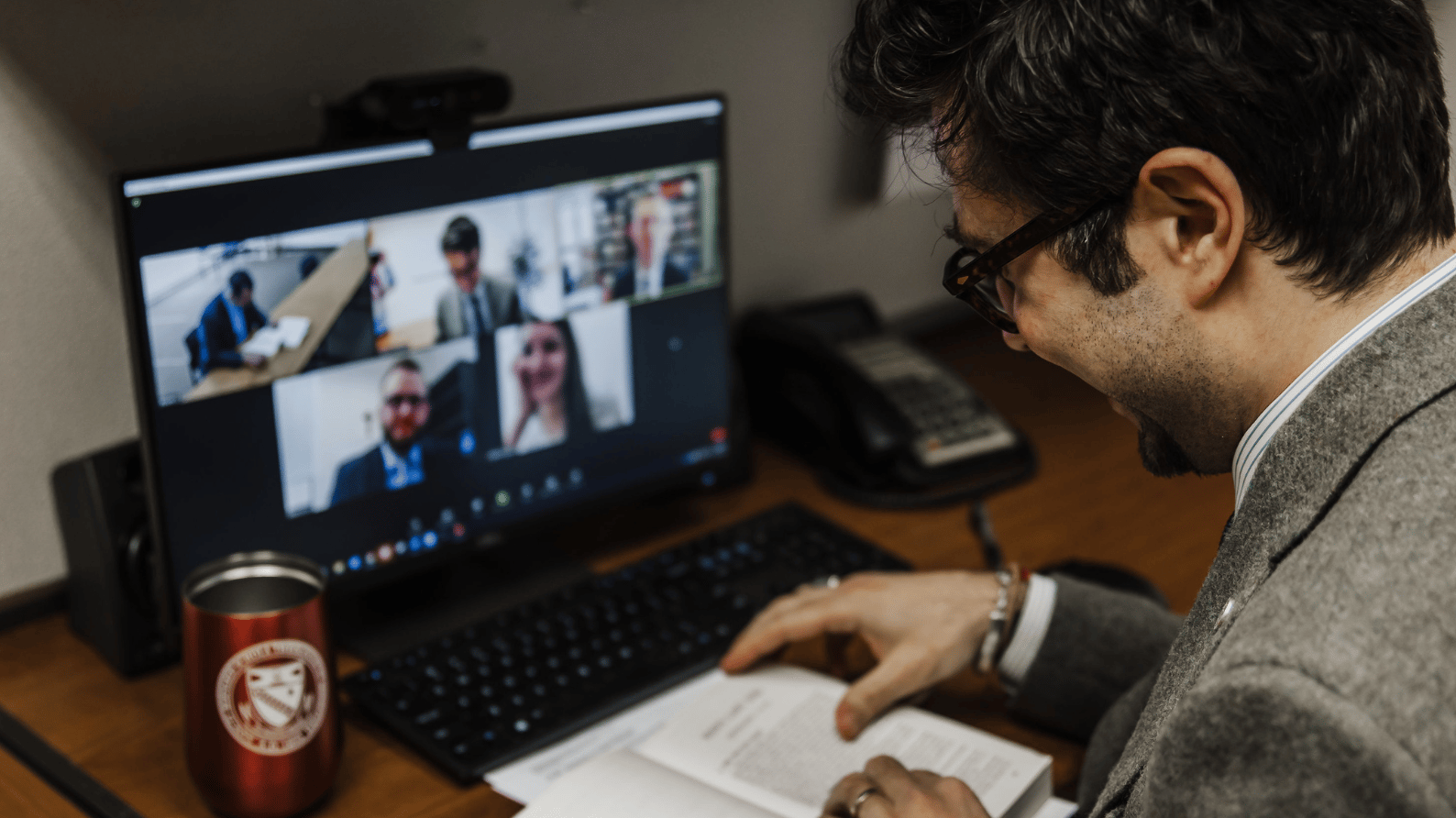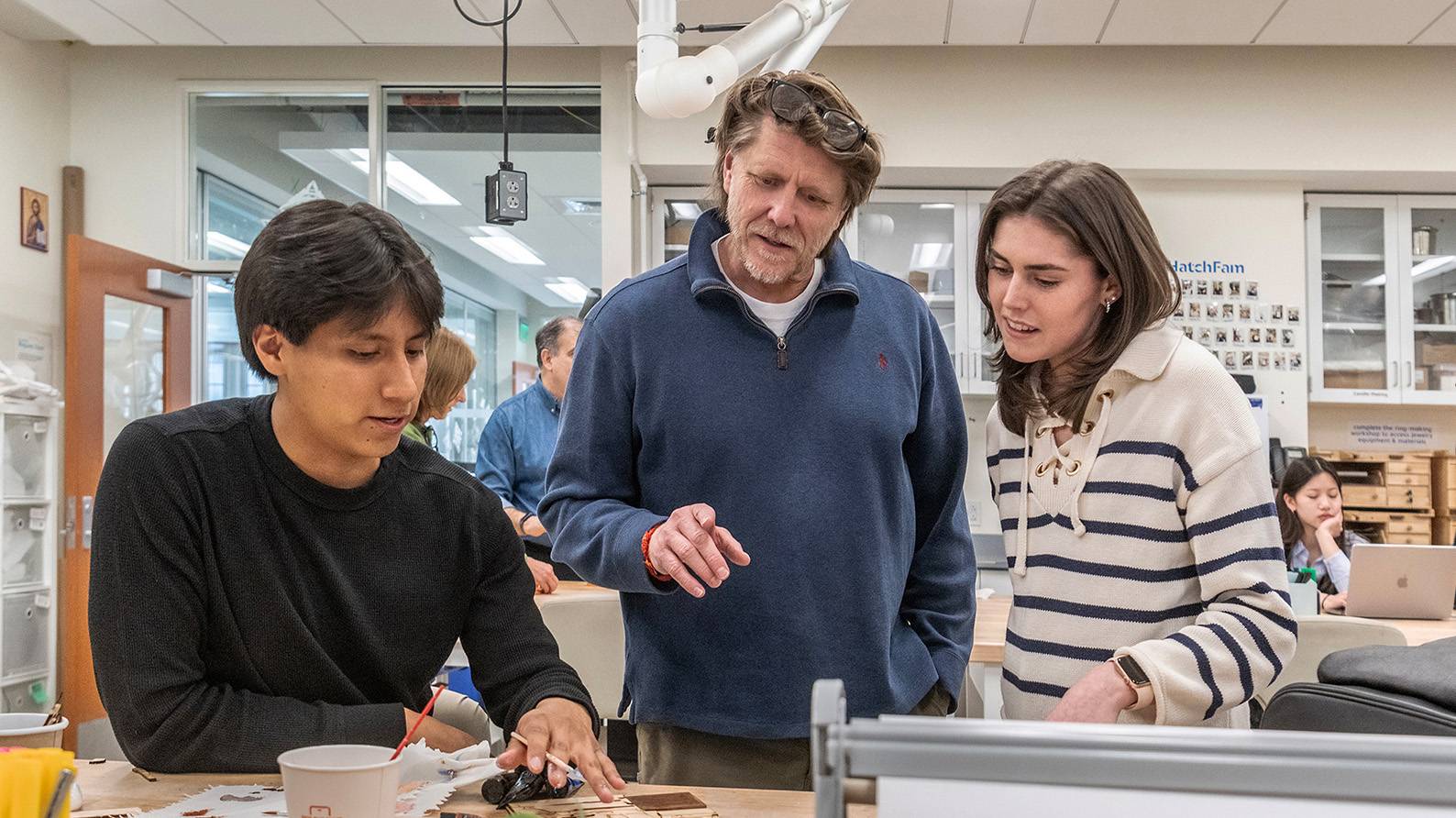NZARA, South Sudan — The baby is skeletal from malnutrition, and so dehydrated that her skin is as thin and wrinkled as if she’d survived a century. Instead, these are almost certainly 20-month-old Josephine Moses’ last hours, though the mother who took her into the bush to protect her from this pointless war, but then watched her shrivel away there, is still trying to get her to take her breast.
“That’s her crying,” whispers one of the nurses here at St. Therese Hospital, where Italian nuns began treating leprosy and TB 64 years ago. The little girl’s mouth is open wide, but if she’s screaming, we can’t hear anything, as in a nightmare. She’s too weak to make a sound.
Baby Josephine’s whole country is like that — young, devastated and so hard to look at in this condition that we’d really rather not. Even including the words “South Sudan” in the headline means few readers will have made it this far into a story about a country we’ve actually invested a lot in, and not only financially.
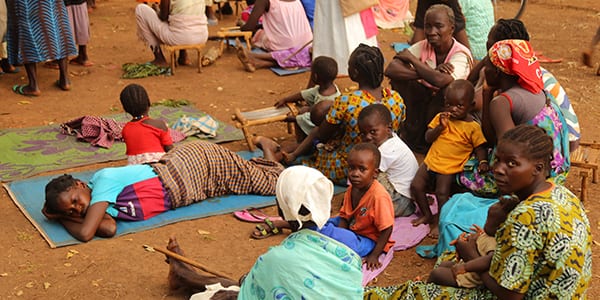
With an estimated 380,000 people killed in this conflict, in a country of 12 million, most families have lost loved ones, and virtually no one who’s survived them has a lot of faith in this particular piece of paper. Even the wild animals, who are said to sense both war and peace before humans do, haven’t come back out of hiding. And the people living in refugee camps or seeking sanctuary in churchyards where they sleep on mats under mango trees have not headed home yet either. Ask them, and they’ll tell you they aren’t even thinking of risking it.
Some 70,000 farmers forced out of their villages have relocated to a forest in Mabia, outside Tambura, where they live in a fog from lack of food. In May, they ran first from the rebels and then from the government troops who came chasing after them, killing everyone and even burning alive the elderly and disabled who couldn’t flee, in case they were rebels, too. In August, those who survived the trip arrived here empty-handed and starving, having buried many of their children along the way.
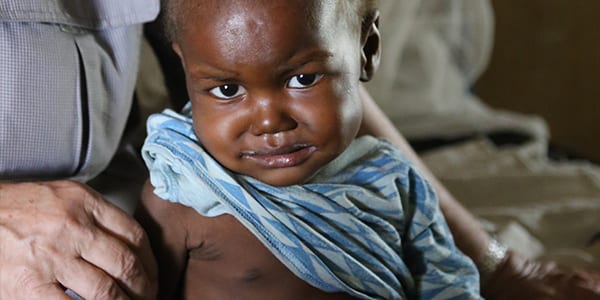
The kids who made it this far all seem to have fevers and diarrhea, and their hunger is terrible, even with various aid outfits helping, because supplies just don’t stretch far enough. I ask several people what they’ve had to eat in the last 24 hours, to get an idea of the gaps, before realizing why they look away without answering. They’re too embarrassed to say what 44-year-old Magdalena Gima finally does: “I haven’t had anything to eat today.” And yesterday? “Some cassava leaves.”
Woman after woman tells me, in the affectless monotone of the most seriously wounded, about losing children on the way here — as in, they ran in different directions when the bullets flew and haven’t been heard from since. No one has any means of communication, or electrical power, so even if their lost children were alive somewhere, contacting them would be impossible.
Now, as they wait for the help that they’re not sure is coming, the almost entirely Catholic population in this part of the country really only trusts in their church. Unlike in the U.S. (and Ireland, Germany, the Netherlands and Australia, to name just a few other scandal hotspots), the Catholic Church in many ways is civic society here, and the only institution with any moral standing.
The local bishop, Eduardo Hiiboro Kussala, who was born not far from here, and stops to greet some cousins on the road, himself grew up in a refugee camp in Congo. He doesn’t live much differently than his flock does, and the people living in the forest who run to ask him to bless their rosaries seem to crave the little bit of hope he’s trying to give them as much as anything else they’re lacking. He can speak to them in a way others can’t, because somehow, he made it out of a place just like this.
